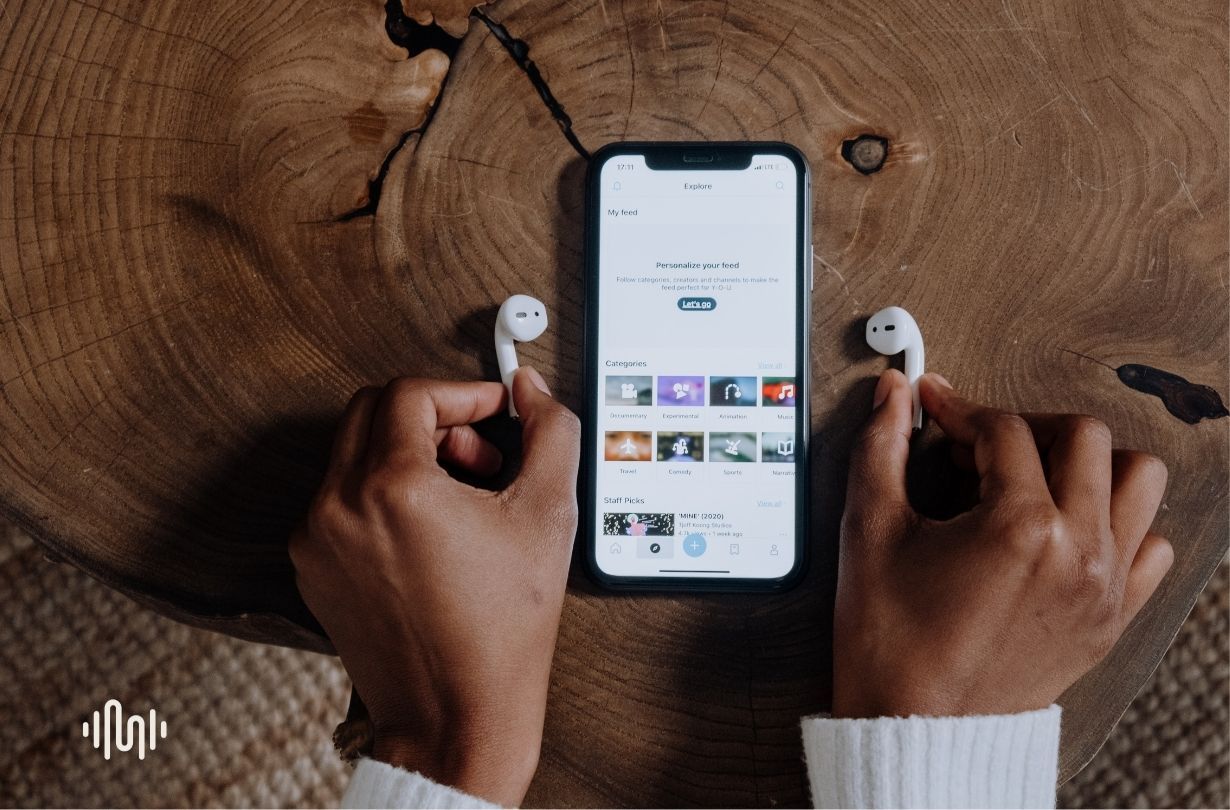Hearables: The Sound Wearables of the Future
Tech's new superpower? Hearables! They cancel out noise, amplify select voices, and even translate languages. Just as ears process sound uniquely, hearables open a world of endless possibilities!

When it comes to tech, hearables are as close to developing a new superpower as we think you can get. Cancelling out background noise, amplifying the voice of a chosen person, translating languages you don’t understand...
Just like how everyone’s ears process sound differently, the possibilities when it comes to hearables are endless!
The story behind hearables
Hearables have been floating around since 2014 when the very first pair was launched on Kickstarter. And we’re proud to say that the term ‘hearable’ was created by Mumbli team member and global technology evangelist Nick Hunn!
Sadly though, the first set of hearables to create big waves in the tech industry didn’t receive the warmest welcome from the public.
Yes, they could cancel out unwanted noise, enhance the sound of speech and play music. But the battery life was terrible and at the end of the day, people didn’t get why these weren’t just another pair of wireless earphones. The company that created them, Doppler, closed.
Then, years later, the release of personal voice assistants such as Apple’s Siri and Amazon’s Alexa changed everything. Suddenly, our desire to use technology without having to touch it was undeniable. The race to launch a hearable that combined longer battery life with trend and great sound quality was on - and this time, the tech giants were onboard.
Related article: Why Do Some Sounds Feel So Good?
The ear-volution
Today, earbuds are used by around 80 million people, making them the fastest-growing consumer electronics product sector ever. That’s even faster than the iPhone! In fact, technologist and Mumbli advisor, Nick Hunn, has estimated that the hearables market will reach $80 billion in 2025.
So, what changed?
It’s all to do with the way we consume music. With streaming services becoming more and more popular, it’s predicted that 57% of smartphone users will stream music on their phones regularly by 2025. Combine the ease of music streaming with the effortlessness of wireless earbuds and there you have it - a recipe for success!
Apple’s Airpods got in there first, and then shortly after, Samsung and Huawei released their own designs. New developments such as wireless charging and adaptive noise cancellation emerged and there was no looking back.
Perhaps one of the most important developments though is the 2020 launch of a new Bluetooth audio standard. Why? Because it was originally designed by hearing aid companies...
Related article: Finding the words: the vocabulary of sound

Hearing aids vs hearables
There’s still a lot of stigma against hearing aids. In fact, while more than 15% of us live with some degree of hearing reduction, only 20% of us who could benefit from a hearing device have one.
Yet hundreds of millions of us wear headphones, earphones, or earbuds every day without thinking anything of it! So, it’s not surprising that the hearables trend is slowly doing its bit to remove the stigma around hearing reduction.
Remember that company we told you about that closed because sales of their new hearables weren’t great? Well, one good thing came out of it. They discovered that almost 1 in 4 buyers purchased them as cheaper, better alternatives to hearing aids. And that was without Doppler making any effort to reach this audience!
So, let’s look to the future. It may not be long before those of us with hearing reduction can walk straight into the electronics section of a major department store and pick up ‘personalised earbuds’ or ‘earphones with hearing enhancement’ instead of hearing aids, from aisles filled with FitBits and iPhone accessories.
Related article: How sensitive are you to sound?
What’s next for the hearables?
It goes without saying that the future is looking brighter for hearables. And, with 1.1 billion children and young adults at risk of hearing reduction and hearing loss around the world, hearables have a big part to play in brightening the future for others too.
But let’s not forget there’s no one solution to our noisy world.
If we rely on noise-canceling headphones to deal with the volume of day-to-day life, how will we cope once we take them off? Our ears will become more sensitive to the sounds around us and make it harder still to live without a hearable to help. And that’s not to mention the fact that sound can be detrimental to our wellness even if it doesn’t enter the body through our ears
Related article: 6 Famous Celebrities Who Are Hearing Impaired
So, now more than ever, we need to look to space alongside technology as a way to look after our Hearing Wellness, choosing places to work, meet and date that take sound seriously.
